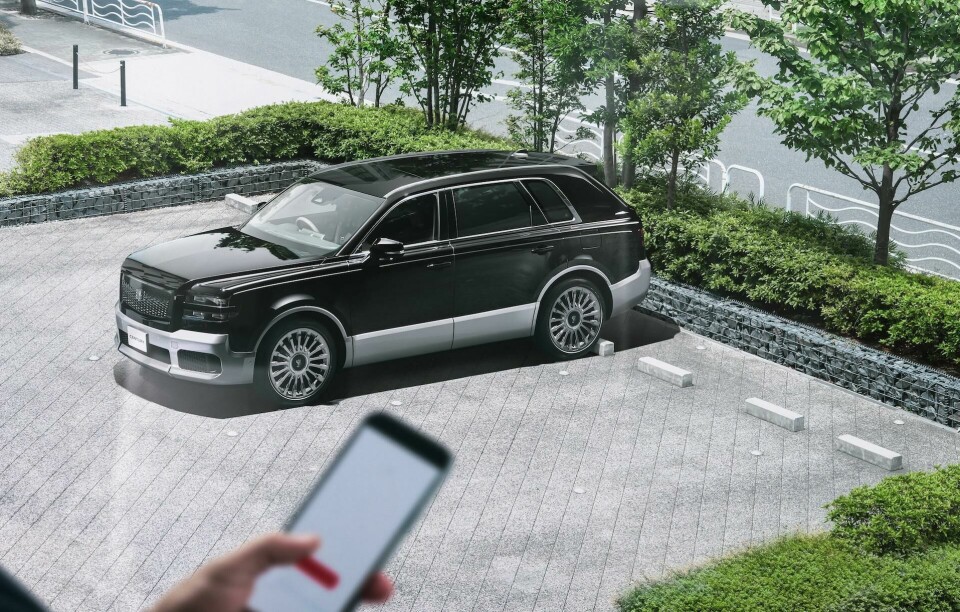
Toyota reimagines Century limo as an SUV
The legendary nameplate is reimagined with a surprising new format
For most of the automotive world, the Toyota Century is a “Trivial Pursuit” question. It goes something like this: “Name a limousine whose symbol is the phoenix, and is sold in only one market.”
Answer: “The Toyota Century”
Response: “Toyota makes a limousine?!?”
Yes, indeed, and has for over half a century.
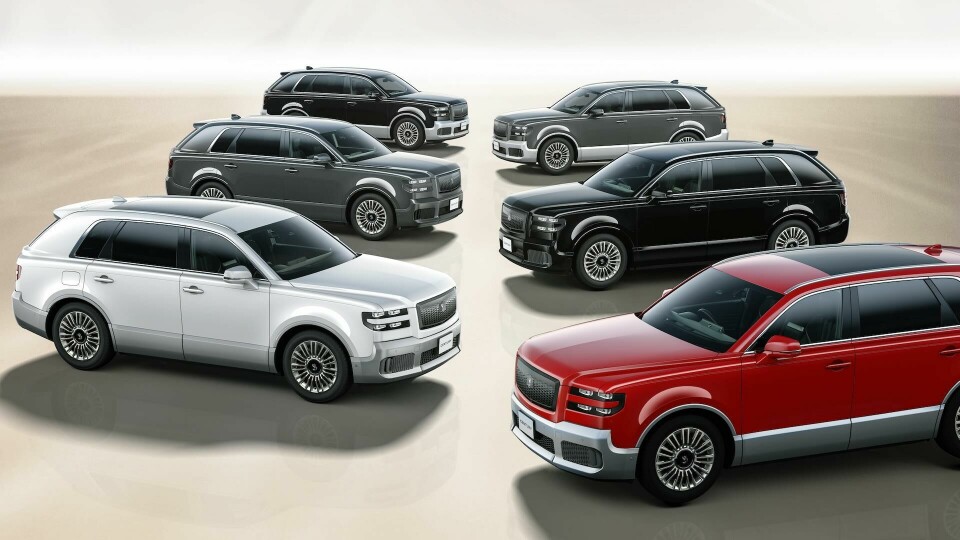
But Toyota has thrown “Trivial Pursuit” a curveball, introducing the new Century in an SUV format. It was quite a surprise as the Century was the ultimate three box sedan, widely regarded as perhaps the last of its kind.
Bringing heritage forward
Introduced in 1967, the Century was Toyota’s ultimate luxury sedan, and commemorated the centenary of the birth of Sakichi Toyoda, founder of the Toyota Group. Developed from Toyota’s Crown Eight saloon, and positioned beyond the level of an executive car, it was-and is- a meant to be a limousine, with a chauffeur, and plenty of luxury appointments for the rear seat passengers. At over five metres long, it was quite a sight in the land of the Kei car, and its appearance on your street meant that the highest ranks of corporate power- or Japanese royalty- were visiting your neighbourhood.
The Century was a limited-edition home market car, intended for the Japanese government and corporate world, with zero concern for the tastes of the world beyond. It has, until now, only existed in only three generations, all with basically the same styling, and appropriate technology upgrades. It has not been concerned with the latest design trends, but rather with a certain timelessness about itself and its clientele.
Much of that has changed with this new introduction. Now the Century will be available in an SUV format, and will be sold in markets outside of Japan.
With the iconic sedan format such a success, why change? Certainly, competitors such as the Bentley Bentayga and the Rolls-Royce Cullinan have influenced design and packaging decisions. Japanese customers probably would not have defected to these brands, but it left Toyota vulnerable to accusations of being out of step with the times. And the packaging allows for greater interior flexibility and comfort.
It’s uniquely Japanese
As Simon Humphries, a member of Toyota’s Board of Directors explained in his introduction, the new format originated in an updated understanding of the expectations of the Century’s core clientele:
“So how did we get to this answer? It all revolves around the requirements of a unique group of customers. They need space to work, but also to rest. They want space to converse, but also to escape. They seek space to think, but also be inspired. They value privacy, but also embrace public life. That is, we needed to create a car that allowed the customer to curate their own personal experiences – both practically and emotionally. The result is a flagship like no other, and it’s uniquely Japanese.”
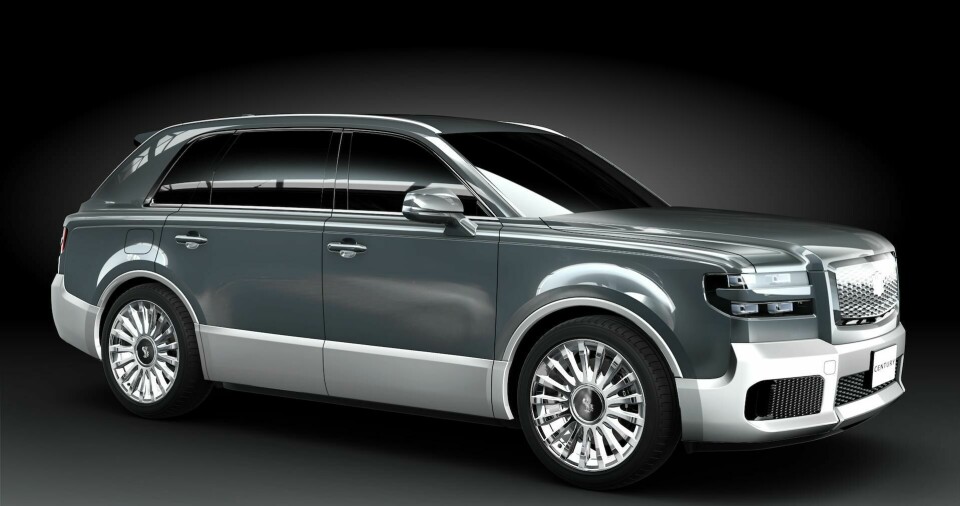
The Century uses a modified version of the Toyota TNGA-K platform, which, in North America, underpins the Toyota Grand Highlander, and Lexus TX SUVs. A 3.5 litre V6 with a hybrid drivetrain is standard equipment. The PHEV portion of the drivetrain is substantial enough for short trips. For longer excursions the V6 engine, augmented by the electric motors. The Century is four-wheel drive and has four-wheel steering for excellent handling for a large vehicle.
Stately grandeur
A walk around the exterior reveals a handsome, well-proportioned package. Toyota calls the styling theme “Stately Grandeur”, and though this might be a little bit overstated, it does show remarkable restraint for a class over vehicle that often matches aggression styling with large size.
The front is dominated by the grille, shield shaped with the Century’s symbol, the Phoenix, which was also a symbol of the Japanese royal family. Flanking the grille on each side are quad headlights, recessed to, as Toyota says, “give the impression of a gaze full of dignity.” A bit of purple prose there, but the front mask is refreshingly neutral.
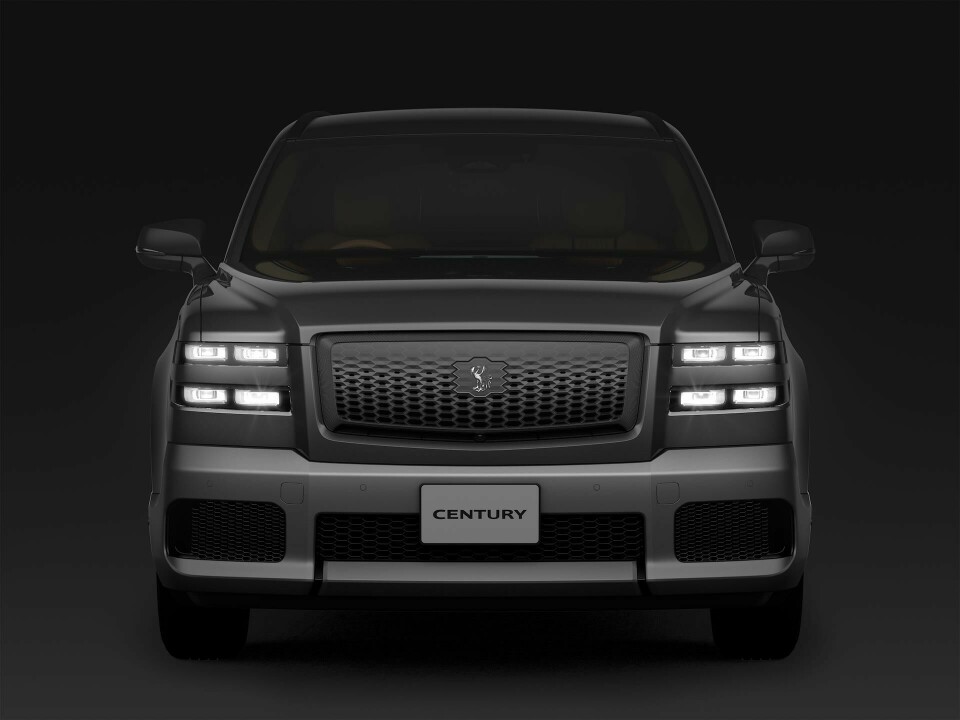
The side shows a particular attention to proper proportioning, with a wheelbase just under three metres, and modest overhangs. Horizontal character lines are slightly curved across the doors, with chamfers at the corners and returns at the front and rear. A light-coloured rocker panel breaks up the massing of the body and reinforces the horizontal lines of the Century.
The glasshouse, though ample, is subservient to the overall massing, and doesn’t appear overly tall like that of the Rolls-Royce Cullinan.
As for the interior, as they say in the theater business, “the show starts on the sidewalk”. This is certainly true with the Century, which is designed to celebrate both the acts of ingress and egress into the vehicle. The rear door swings open to a 75-degree angle, or amazingly (and long overdue in this class of vehicle), you can opt for sliding rear doors for even easier access to the rear seat. A step automatically slides out to make a running board- all the easier to access the interior.
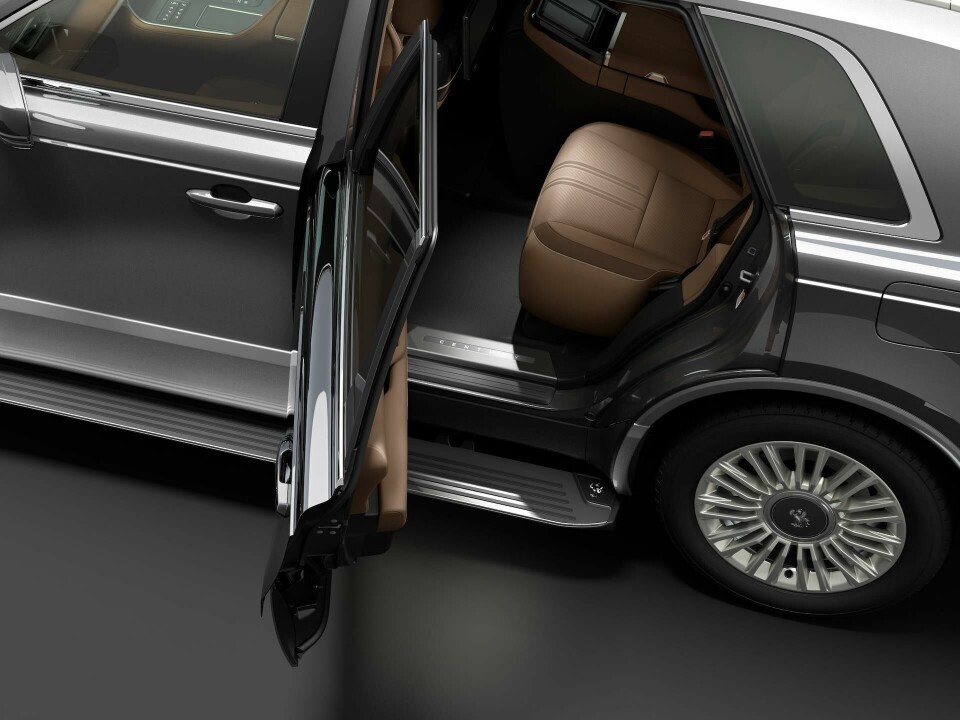
Once seated in the rear seats – captain’s chairs complete with lace doilies at the shoulder and head – one enters a realm of complete luxury. Each rear seat can recline to a flat position, with infinite variables of seat positioning between upright and lie flat.
On a console between the seats, individual touchscreen controls allow for personalisation of comfort, infotainment and seat placement and temperature. Also between the seat backs is a slender refrigerated compartment, perfect for a bottle of champagne.
A moonroof overhead allows for views above and out- not a bad thing in the vertical Japanese city. Laminated glass assists in safety as temperature and sound transmission control. In electric drive mode, the interior is nearly silent, and even with the engine going, at highway speeds, the passenger compartment exudes a zen-like calm. Additionally, the chauffeur can switch the ride to Rear Comfort mode which maximises the comfort for rear passengers.
Akio Toyoda knew that Century had the potential to move with the times
As for the chauffeur, the seating, IP, and controls are handsome and well organised. Nothing flashy here, but there doesn’t need to be – like the chauffeur themself – professionalism and competency in an elegant and restrained manner are what is required.

For those mourning the passing of the Century sedan, fear not; the sedan version will remain available for those who prefer it. The sedan and the SUV “represent the two wings of the Phoenix”, according to Toyota.
And, teased in a rendering in the introduction, a convertible version of the Century SUV will be made available in the future- perhaps as a custom order. It certainly made for dramatic presentation at the reveal.
The Century will be available in multiple markets and will be totally customisable. Initial price is set at 25 million yen, roughly $170,000.00 (£136,000 or 159,000 euros). No doubt, personal design and décor options will add to this price. Production is set for 30 units per month.
The move to an SUV format will undoubtably upset some three-box-sedan purists, but the world moves on, and Toyota, which also makes the newly refreshed Vellfire and Alphard luxury MPVs, certainly knows a thing or two about executive travel, especially in Asian markets. This new Century moves Toyota ultra-luxury into a new realm, with traditional luxury and appointments, but with a view forward into a new generation of executive travel.
Simon Humphries summed it up in his concluding remarks, crediting Akio Toyoda for seeing what needed to come for the Century:
“His greatest lesson to us, the key to the finest attention to detail in car-making, is to show the finest attention to detail in customer understanding. And that customer is changing. He knew that Century had to change, but he also believed that it had the potential to move with the times without sacrificing what it stood for. He inspired us to embrace those changing times and take a more adventurous path.”































